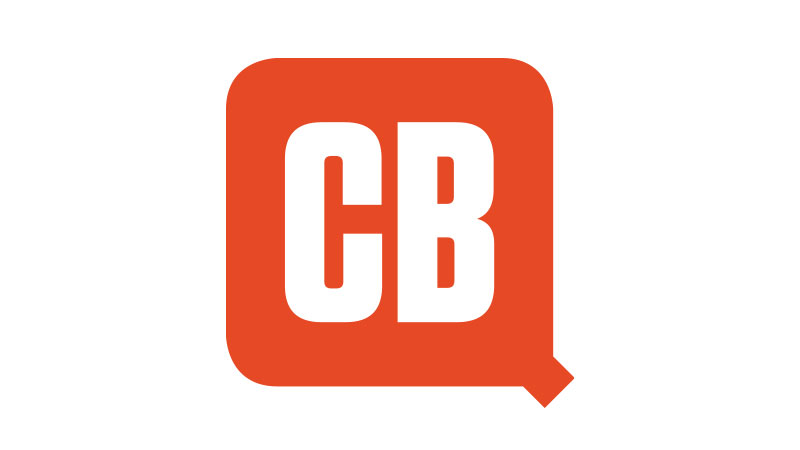Putting the U in UX: users and understanding
The debate over precisely what UX is will continue for a while yet. To this marketer, it's simple: UX is the user's experience of interacting with a brand online. Understanding users is vital.
The marriage of marketing and design in UX has had its difficulties. Marketers who attempt to impose offline strategies on their digital propositions find out what UX really means the hard way, but UX has also benefitted from tried and tested techniques in user insight.
The use of personas in UX is nothing new. It's an amalgamation of online and offline approaches founded on traditional market research and segmentation. As it stands, personas are missing a layer of understanding. Personas segment, group and label users based on a combination of measurable data (such as age, gender and location) and subjective data (such as favourite mobile app or the top three reasons for using the internet). There's no doubt that this information is required, but the insights gained from considering how people in general adopt digital technology must be part of the mix.
To get things going, I segmented digital personas at the highest level. This gives an overview of digital technology adoption today and seemed a good place to start. Just like websites, these are not static and will evolve over time, reflecting the ever-changing technology and user landscape as our industry matures. It would be understandable if you're now thinking that this is just an age thing. If only it were that simple. Even so, there are now more retired folk than children in the UK and these same retired folk are responsible for 80 per cent of the nation's wealth, so they are not to be sniffed at. I've seen far too many personas that assume internet users are all ABC1 males. Most adults over 25 will invariably belong to one or more of the different personas throughout their lives. That is, until everyone is a digital native. Until then...
Digital natives
Digital natives are folk whose use of technology is instinctive. They are the children of the digital age, for whom the internet has been part of everyday life since the day they were born. Natives cannot conceive a world that isn't connected 24 hours a day. They don't worry about privacy and are crafty at personal PR. The expectation of immediacy is a given. It's an 'if not now, never' sort of thing.
Digital residents
Digital residents use technology in all aspects of their daily lives, with ease and enthusiasm, but who were born before the internet went mainstream. They remember life before satellite TV and having a gazillion channels, and they know what it's like to wait. They understand the consequences of calling in sick then tweeting about their hangover. Residents experienced brand loyalty during the glory days of brand-building in print and TV advertising. Residents are usually of working age, for now.
Digital guests
Digital guests use technology with less confidence and awareness than natives or residents. They may not use technology in all aspects of their lives, or only use technology because they have to at work or in education. They simply see technology as a means to an end. They can be any age; they may even be power users at work, but technology just doesn't hold their interest. Without meaning, guests will remain guests.
Daily design news, reviews, how-tos and more, as picked by the editors.
Digital spectators
Digital spectators are people who don't have an immediate need to use technology, but who are interested in what’s on offer; they may have been introduced to technology through digital inclusion initiatives or they may have discovered technology themselves. Spectators don't fit into any specific age group. They don't use technology at work so, in order to acquire the skills to use technology without experiencing insurmountable frustration, they need to know it'll be worth it. It'll definitely be worth it for the services that make this happen as long as they maintain the experience. Spectators understand loyalty.
Digital abstainers
Digital abstainers have either no interest in technology, don't have the skills or don't feel they have a need for technology, whether due to lack of awareness, experience, education, confidence, ability or socio-economic factors. Abstainers are the hardest to reach and, although many older people fall into this category, it's not exclusive to them.
Considering users with the additional layer of digital personas leads to understanding and insight, with the 'U' at the centre of UX.

The Creative Bloq team is made up of a group of art and design enthusiasts, and has changed and evolved since Creative Bloq began back in 2012. The current website team consists of eight full-time members of staff: Editor Georgia Coggan, Deputy Editor Rosie Hilder, Ecommerce Editor Beren Neale, Senior News Editor Daniel Piper, Editor, Digital Art and 3D Ian Dean, Tech Reviews Editor Erlingur Einarsson, Ecommerce Writer Beth Nicholls and Staff Writer Natalie Fear, as well as a roster of freelancers from around the world. The ImagineFX magazine team also pitch in, ensuring that content from leading digital art publication ImagineFX is represented on Creative Bloq.
